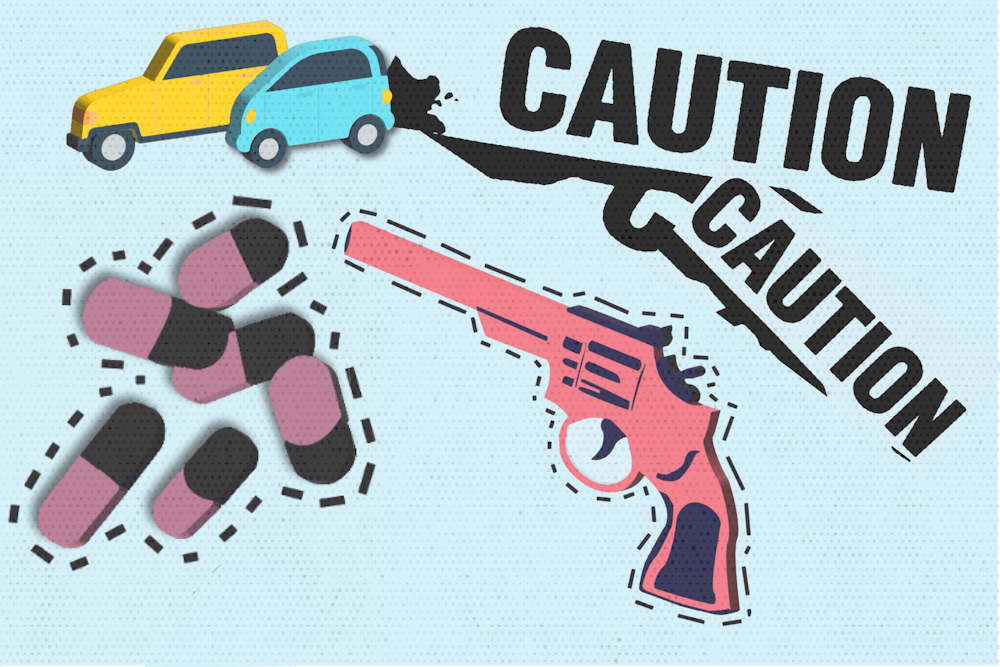Content warning: This article contains mention of death and drug use.
One in 25 American five-year-olds won’t make it to 40, a death rate four times that of most of our peer countries.
America’s life expectancy is considerably lower than that of most of Europe and the global North. In 2020, global life expectancy fell across the globe, however, the U.S. is the only developed country where life expectancy decreased even if you don't count deaths from COVID-19.
Nearly 50,000 Americans are killed in acts of gun violence each year; an additional 42,000 are killed in traffic incidents; 7,500 of which are pedestrians, the highest mark in 40 years; another 80,000 die from opioid overdoses each year. Some researchers estimate more than 45,000 unhoused Americans die every year from a range of causes and others estimate that 68,000 Americans die because of causes related to lacking health insurance.
The scale of this loss is staggering. Imagine filling the Dean Dome with the corpses of those who were killed in traffic this year. You’d run out of seats before you got halfway through their bodies.
These deaths are preventable. They’re a policy failure. They’re choices being made by people to maintain the level of carnage, either because it is financially profitable, because they think it is worth it or because making the required changes would just be too much work.
We don’t need to accept it — the solutions are there. In most cases, they're blindingly obvious.
We know this because the U.K. has a firearm-related death rate of 0.23 per 100,000 people, 46 times lower than the American rate of 10.72.
We know this because Sweden, after implementing their Vision Zero “safe systems approach” to traffic violence, cut their traffic death rate to just 2.8 per 100,000 people, while America’s is 13.8 and rising as speed is prioritized over safety.



